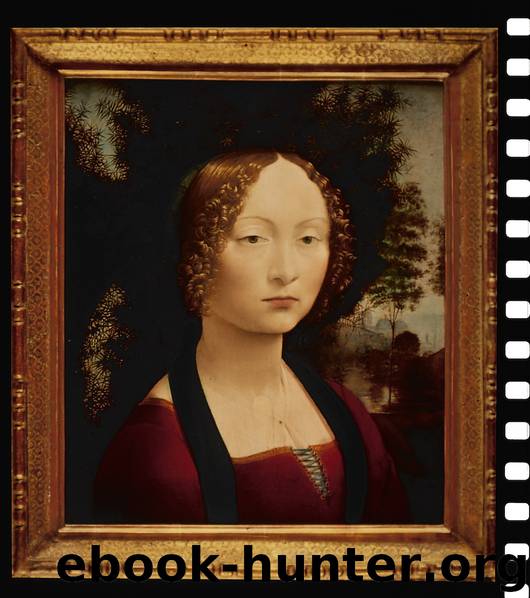Art For Dummies by Thomas Hoving & Andrew Wyeth

Author:Thomas Hoving & Andrew Wyeth
Language: eng
Format: epub
Publisher: John Wiley & Sons, Ltd.
2: Describe the item in writing
I force myself to write a deliberately tedious and pedantic description. This strategy makes me look at the thing from all angles — front, back, and the sides, using my magnifying glass. (By the way, avoid becoming a slave to the magnifying glass or you risk losing the all-important impression of the whole work of the piece.)
Recently I was an expert witness in a court case involving the authenticity of some old master drawings looted from Germany during WW II by the Soviets. One was a world-famous ink drawing of a group of women bathing and being spied upon by a Peeping Tom, done by the incomparable German painter and engraver of the 16th century, Albrecht Dürer. It’s known as the Frauenbad or the Women’s Bath and hasn’t been seen by many people since the mid-1940s. My first impression was, “not too electric.” That was disturbing, because every drawing by the genius Dürer makes you feel as if you’ve been touched by a cattle prod.
My exhaustive description of the Bath came in handy, for had I not done it, I might not have admitted to myself that a number of details in the piece are mushy. Dürer is never mushy. In his self-portrait drawn at 12 years of age in silverpoint, you can see virtually every pore on his face. In the Bath, the wood grain on the ceiling beams, which in other Dürers is as fine as the engraving on a hundred dollar bill, looks out of focus. The door from which the old voyeur peers at the gorgeous array of naked females doesn’t fit correctly onto its hinges, as my magnifying glass examination readily showed. In an arch over a fireplace, the bricks are all the same size and form a bland curve — Dürer wouldn’t have been that dull.
Later, when I compared the drawing to a woodcut of the Bath made by one of Dürer’s followers and dated two years later, I discovered that all the small errors and awkwardnesses in the master’s supposedly original drawing had been corrected, including the wood graining, which was amazingly sharp. Is it logical for the follower to be more accomplished than the master? I soon came to the conclusion that the ink drawing had to be a 16th-century copy of the woodcut, intended to look like an original Dürer, but not by the master at all.
Download
This site does not store any files on its server. We only index and link to content provided by other sites. Please contact the content providers to delete copyright contents if any and email us, we'll remove relevant links or contents immediately.
The Secret History by Donna Tartt(16627)
Red Sparrow by Jason Matthews(4668)
Harry Potter 02 & The Chamber Of Secrets (Illustrated) by J.K. Rowling(3292)
In a Sunburned Country by Bill Bryson(2948)
Figure Drawing for Artists by Steve Huston(2799)
The Daily Stoic by Holiday Ryan & Hanselman Stephen(2709)
Drawing Cutting Edge Anatomy by Christopher Hart(2678)
The Roots of Romanticism (Second Edition) by Berlin Isaiah Hardy Henry Gray John(2568)
Japanese Design by Patricia J. Graham(2556)
Make Comics Like the Pros by Greg Pak(2423)
Stacked Decks by The Rotenberg Collection(2270)
Harry Potter and the Deathly Hallows (7) by J.K. Rowling(2215)
On Photography by Susan Sontag(2131)
Draw-A-Saurus by James Silvani(2105)
Tattoo Art by Doralba Picerno(2083)
Foreign Devils on the Silk Road: The Search for the Lost Treasures of Central Asia by Peter Hopkirk(2056)
Churchill by Paul Johnson(2013)
The Traveler's Gift by Andy Andrews(2012)
Drawing and Painting Birds by Tim Wootton(2001)
